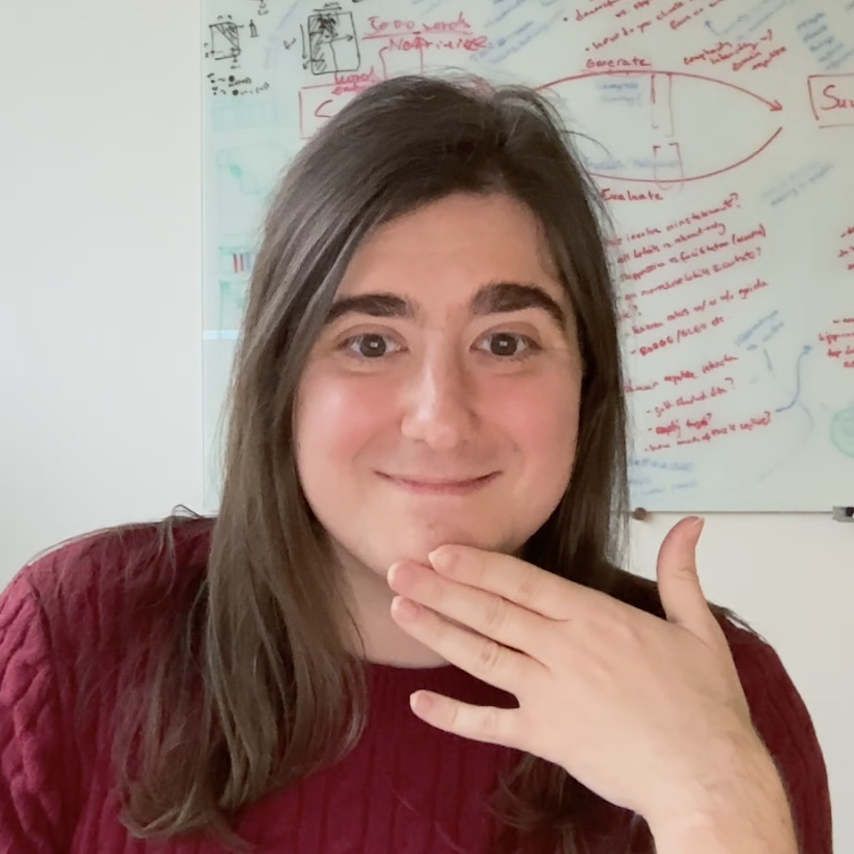marius cătălin iordan
home
research
papers
teaching
outreach
travel
cv
research interests
|
I study how visual and semantic knowledge (e.g., objects, scenes, concepts, categories, events) is learned, organized, and modulated by attention in human behavior, in the
human brain, and in artificial neural networks.
I take an interdisciplinary approach that uses human experiments involving complex naturalistic stimuli and applied machine learning, together with a diverse array of methods and experimental techniques: neuroimaging (fMRI), psychophysics, neural networks, and real-time neurofeedback (neural sculpting). My broad research aims include: (1) investigating ecologically-relevant aspects of visual and semantic cognition (e.g., categorization, learning, efficient perception) in the brain and in behavior using neuroimaging (fMRI) and psychophysics (Iordan et al., 2015, 2016, & in prep). (2) improving automatic prediction of human behavioral judgments and neural responses from large-scale human-centric data, e.g., by using deep neural networks applied to vast corpora of text, images, and empirical human judgments (Iordan et al., 2018 & 2022). (3) probing the causal links between human neural representations and behavior and potentially improving human cognitive processes via neurofeedback and neural sculpting (Iordan et al., 2020; Peng et al., 2023). |
current research directions
|
In human visual cortex, several brain regions are selective for specific stimulus domains (e.g., objects, LOC; scenes, PPA, OPA, RSC; faces, FFA; body parts, EBA). Conversely, parietal and frontal cortices encode information about tasks and features we're currently paying attention to. However, the roles that these different representations play during perception of complex, real-world stimuli is unclear (Iordan et al., 2015, 2016, 2018, & in prep). A key overarching question our lab seeks to explore : how do our current goals and what we choose to pay attention to modulate our neural representations of the world and, in turn, how does this affect our interpretations and comprehension, in a moment-by-moment fashion during complex naturalistic perception? We study this question using multiple experimental and computational approaches, including: - modeling neural representations and behavioral interpretations of complex narrative stimuli (pictures, stories, movies) - quantifying features + narrative cues and relating them to dynamic human performance, understanding, and neural representations - using neural sculpting to manipulate correlates of perception and understanding to influence subjective experience and interpretation |
|
Learning requires changing the brain. This typically occurs through experience, study, or instruction. We recently devised a new way for humans to acquire knowledge by using a non-invasive technique (closed-loop real-time fMRI neurofeedback) to sculpt neural patterns in participants' brains in a manner that influences subjective experience. In our proof-of-concept initial study, we created / sculpted novel categories of visual objects in the brain. After training, participants exhibited behavioral and neural biases for the sculpted, but not for control categories (Iordan et al., 2020), and the magnitude of the neural and behavioral effects were highly correlated. Having direct, causal access to the building blocks of perceptual and conceptual learning in the brain promises to transform our understanding of the mechanisms of human cognition in myriad naturalistic contexts. We seek to apply our computational-experimental neural sculpting technique across several domains, including: - visual and semantic cognition (perception, learning, decision-making, memory, motor control, etc.) - interactive real-time mind-reading and brain-machine interface design - clinical applications for disorders with neural pattern-based or connectivity-based biomarkers (e.g., ASD, depression) - the extent and nature of neuroplasticity across the lifespan (e.g., developmental timecourse, aging populations) |

